How Do Cameras Track Animals In Nature Documentaries
Animals
Behind the scenes: filming Animals with Cameras Two
Scientific and technological advances accept helped experts to sympathize the curious daily routines of creatures.
Mysterious beast behaviours that may previously have gone unseen can at present exist observed and recorded. Armed with this data, experts tin develop conservation practices with more than accuracy.
I fashion to observe our beast kingdom is via photographic camera observation. Through discrete and lightweight cameras, follow upwards series Animals with Cameras II seeks to reveal groundbreaking new animal behaviours to best ensure their survival. By fixing a camera directly onto an brute, you go to meet their unique perspective and witness uncharted elements of their existence.
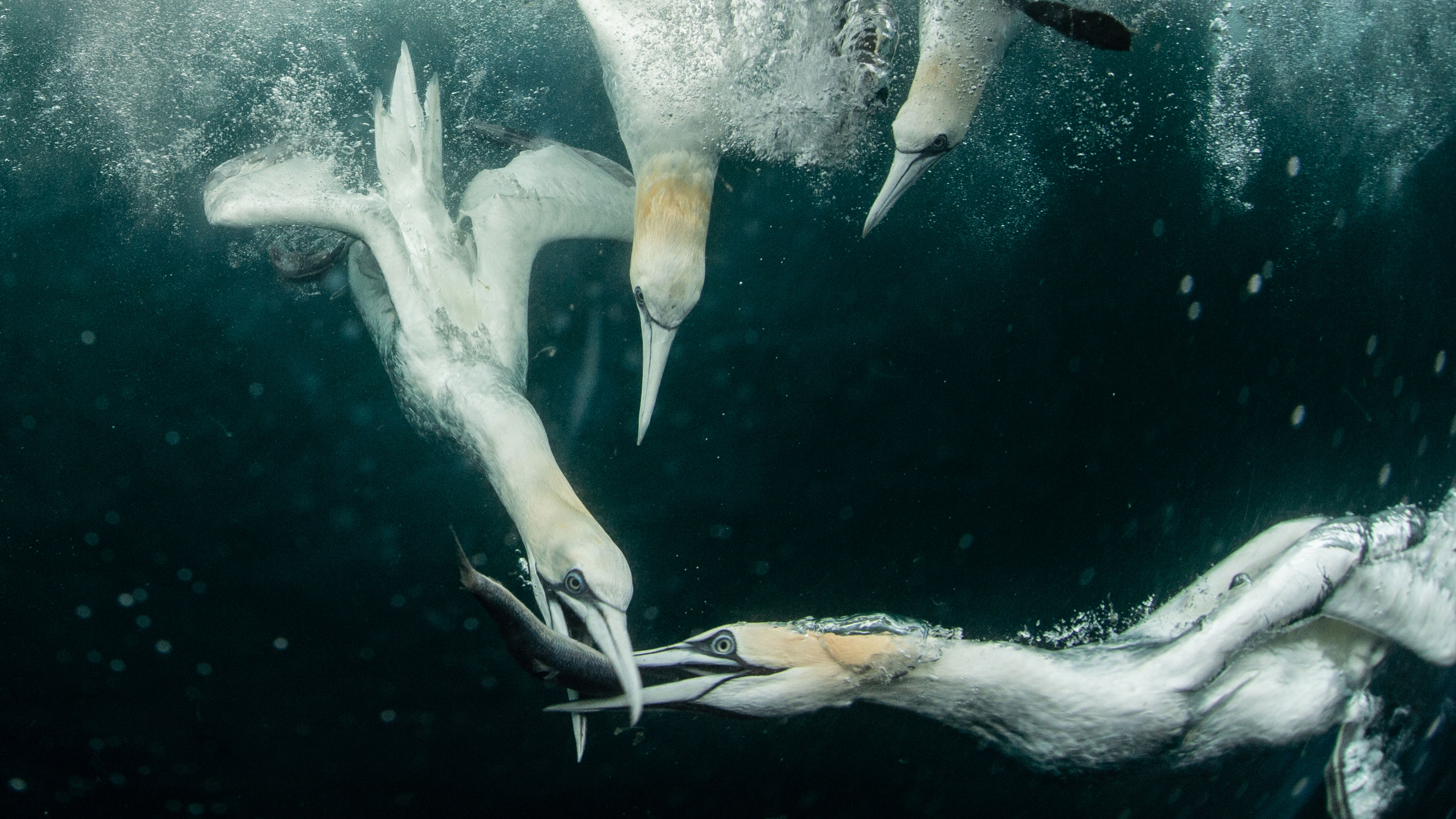
Article continues below
Why fix a photographic camera?
Closely monitored recording devices help to answer much-needed questions almost fauna behaviours that we may not be able to obtain otherwise. During the filming of Animals With Cameras II, the BBC Natural History Unit partnered with a number of leading scientists from around the world specialising in the creatures concerned. Together, they adult innovative filming techniques to brand sure the creature's welfare was at the eye of the projection.
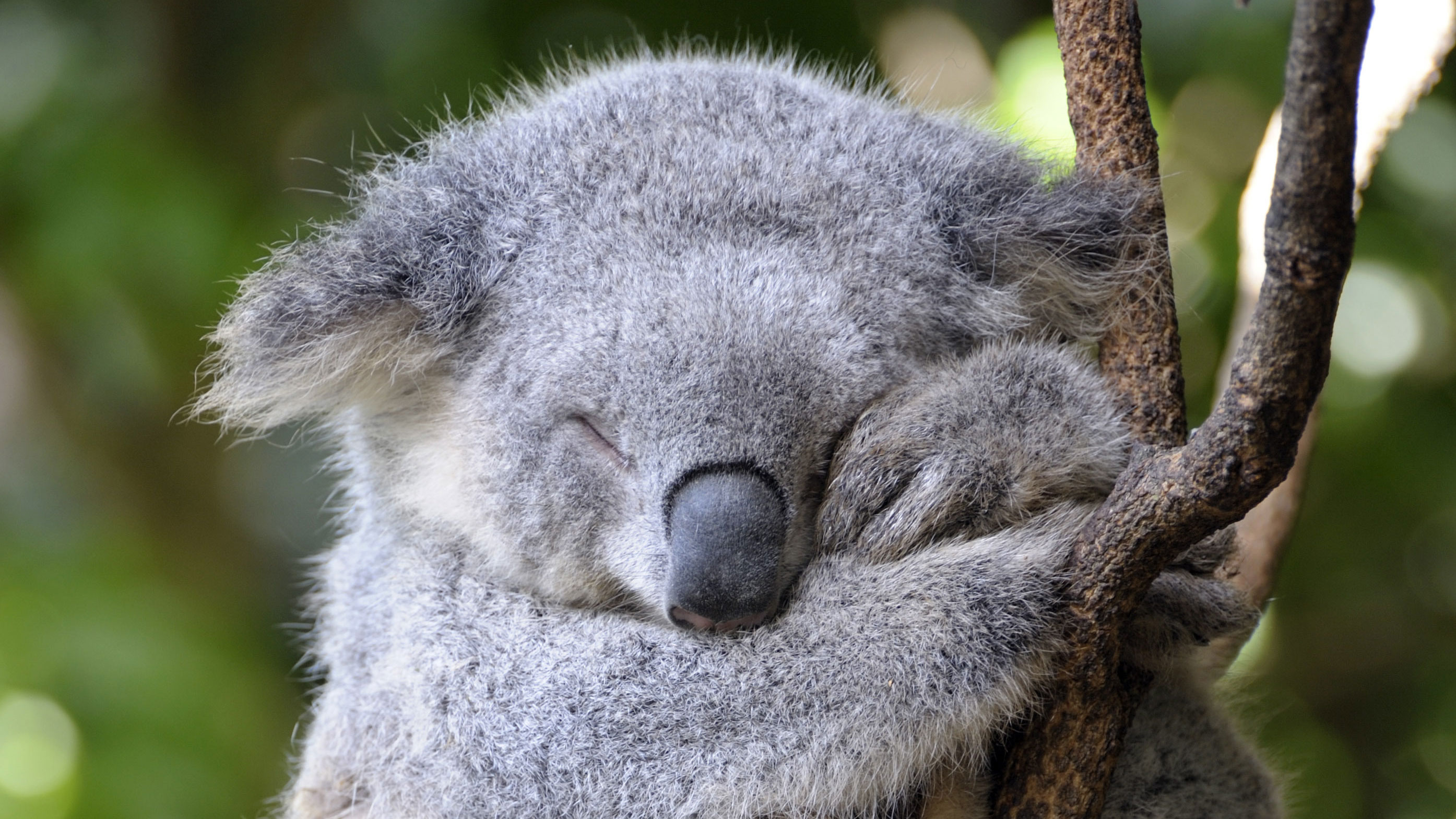
By attaching a camera directly onto the body of an brute, the brute concerned can do the filming themselves, revealing environments that cameras couldn't access and parts of their lives that these subjects hadn't previously shared.
How is it done?
The science always led the way in the deployment of these on-lath animal cameras. Before whatsoever technology came close to fur, scale or skin, an skillful in that particular field offered advice on the size, weight and design of the equipment. Strict limits were gear up on the dimensions of the camera too as the duration for which the device would be attached for.
At that place was no 'i size fits all' for the equipment used. Every single device was meticulously designed for that particular animal's trunk shape, habitat and temperament. They were developed to allow an brute to hands remove them if they were irritated by its presence and extended research was undertaken to ensure the optimum balance and comfort levels were achieved.
To salve wildlife, starting time we need to empathize it."
What were the challenges?
The local habitat of the brute in question besides had to be factored in. The cameras were designed to be non-obtrusive to make certain that no unnecessary attending was fatigued to the fauna conveying it. Every bit, it had to exist comfy for the wearer. The cameras themselves had to take plenty bombardment power to film for an acceptable length of time while still functioning in extreme heat, the bitter common cold or in deep distances underwater.
The crew likewise had to decide when and where to adhere the cameras. They needed to be activated at a particular time of day, or during a particular moment in an beast's life, when information technology was about to embark in scientifically rich behaviour. The photographic camera likewise needed to be able to record for a valuable length of time and released in a identify where it could be retrieved successfully.
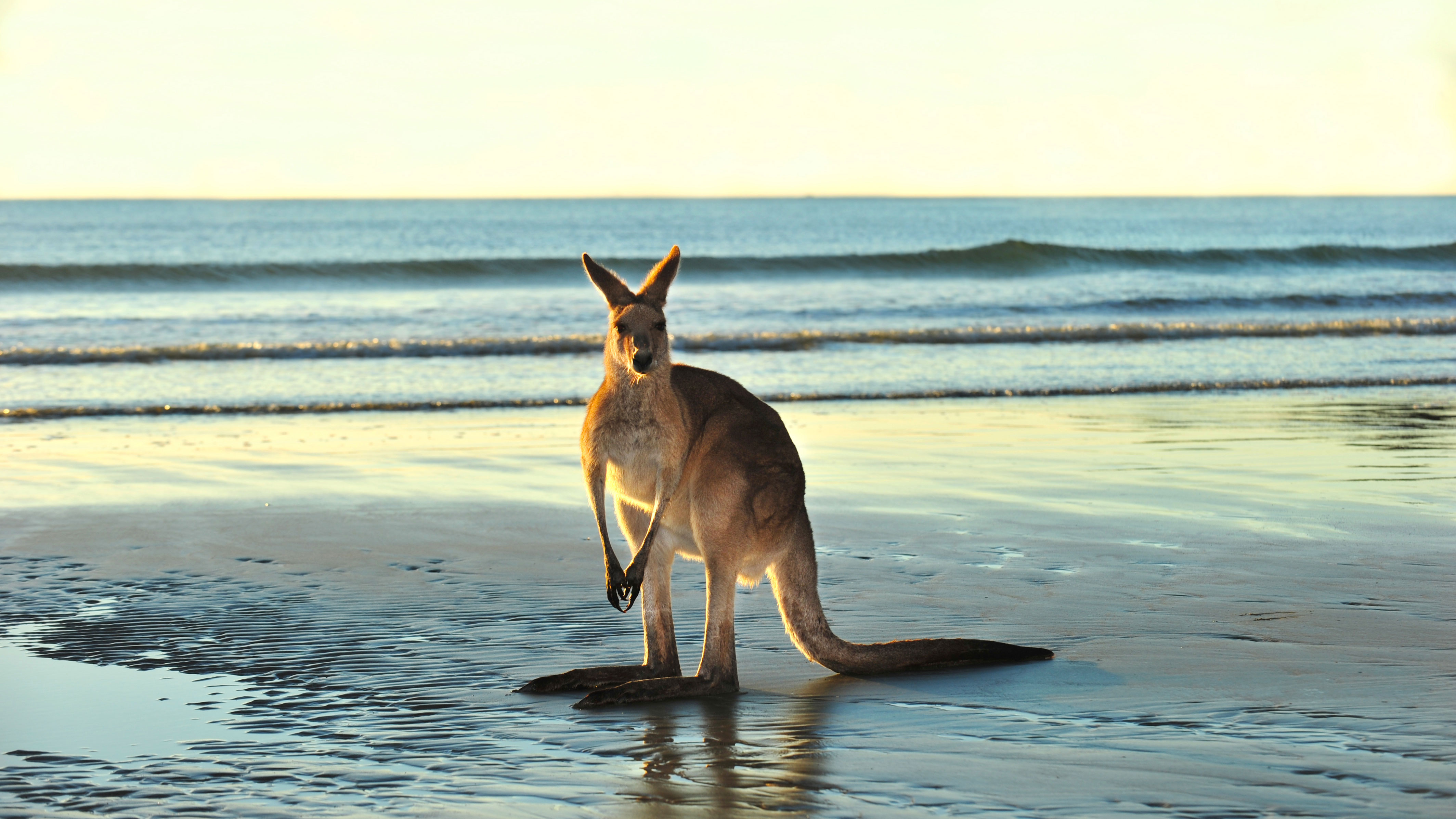
For instance, with the cameras attached to the koalas, infrared lenses were used to record their activities at night, without the animate being'due south knowledge, and a remote mechanism released the camera collar in one case the footage was obtained.
The process of really attaching the equipment to an animal was also a catchy proposition. The subjects selected for a photographic camera were often ones already under supervision by a scientific adept. The animal would exist sedated while undergoing a health check, and the camera fitted before they regained consciousness.
What technical innovations were adult?
Each brute provided their own distinct set of criteria, and bug, when it came to camera blueprint and plumbing fixtures. A photographic camera mounted with suction cups was incapable of sticking to the distinctly rough vanquish of the loggerhead turtle. As a suitable alternative, a glue was designed that would dethrone in a controlled style, jettisoning the camera after a fixed amount of time had elapsed. This in plough also allowed the coiffure to guess where the photographic camera would be eventually released.
Gannets plunge into the ocean at an incredible 100km per hour, hitting the h2o with incredible forcefulness.7 To see if the photographic camera could survive this kind of treatment, it was designed in a bullet shape to minimise drag and offering aerodynamic protection. This functionality was tested by attaching it the camera to an pointer, which was fired at speed into the body of water to ensure it could take the shock.
Kangaroos are not known for sitting nonetheless or residing in temperate conditions. To offset the bouncing locomotion of the roos as they travelled, their lightweight cameras were fitted with neoprene, a textile that stretched every bit the animals jumped, allowing for more focussed images. The equipment was also designed to cope with the farthermost heat of the Australian outback.
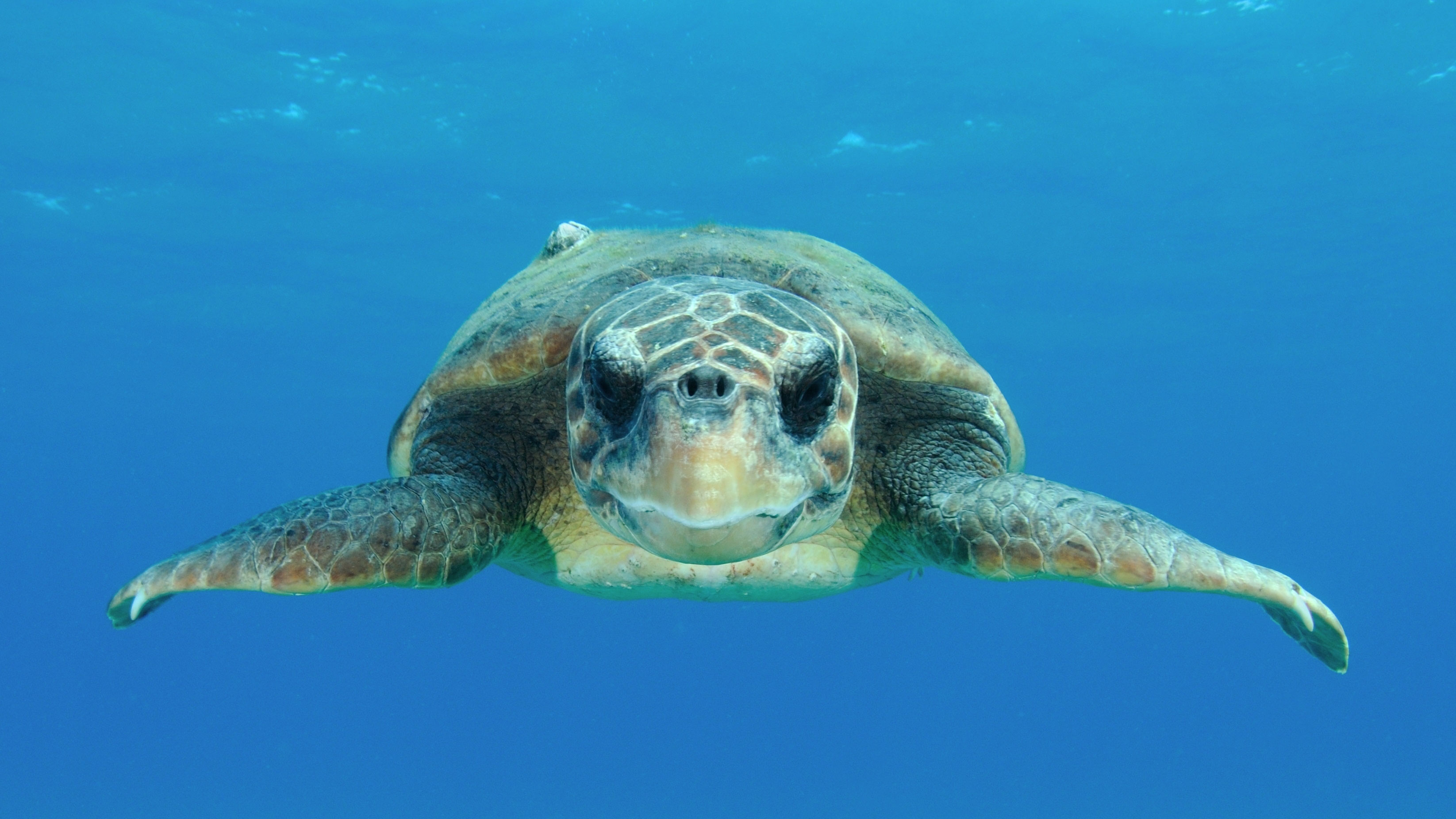
We don't know what the turtles are doing when they are in the h2o. Nosotros know where they get, merely nosotros don't know what they do."
Similarly, the reef sharks that appeared in the plan presented a variety of quandaries. The cameras needed to be able to function effectively beneath the waves of the sea. This equipment had to withstand the incredible pressure of the body of water as the sharks dived deep amid the coral reefs. It was also paramount that it wouldn't inhibit the animal as it swam.
The fin mounted photographic camera designed was tested on a tame shark in the United kingdom of great britain and northern ireland to ensure maximum comfort and hydrodynamic buoyancy. Information technology also information technology featured a clench featuring a galvanic metal bar which slowly dissolved in seawater at a specific rate. Once this bar had disintegrated, the clench would spring open and the photographic camera would float to the bounding main surface on foam designed to survive the incredible pressures of the deep ocean.

What was discovered?
Attaching cameras to animals was intended to provide scientists with vital, uncharted data. Just the evidence gathered surpassed their expectations. For example, loggerhead turtles, supposed lone animals, were witnessed socialising and likewise feeding on the algae and barnacles that naturally grows on the vanquish of a boyfriend turtle. One turtle was seen trying to feed through a discarded fishing net, highlighting the dangers body of water detritus tin take on marine life.
Reef sharks were revealed to swoop far deeper than previously thought. Experts were too able to witness these creatures travel through tiny apertures in the coral as they attempted to track down prey. Gannets were observed using other sea-life, such as dolphins and whales, to help them discover food.
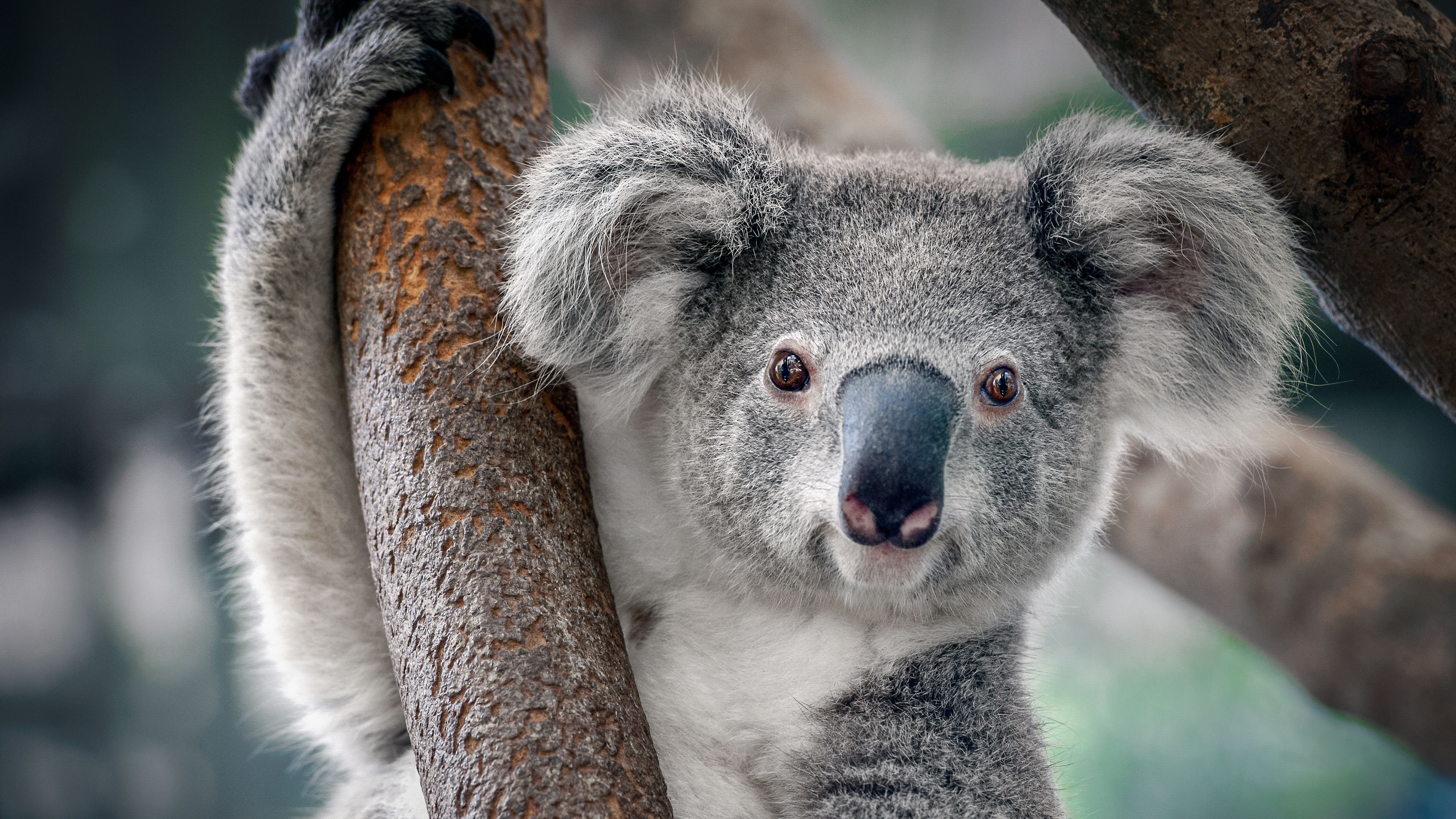
The koala-cam provided a wealth of information, illustrating that the animals were far more active at night than previously idea. Information technology also turns out that koalas spend much more time on the footing than previously thought. Scientists discovered that they must travel and seek out different kinds of Eucalypt to requite themselves a sufficient diet. The curious plight of the eastern grey kangaroo was besides discovered. The cameras revealed these creatures desperately foraging for grass and weeds in and amongst the sand dunes. Nearby urban sprawl and busy new roads had severely limited their feeding options, and therefore driven them to find food in habitats they would usually avoid.
Through the apply of this remarkable, innovative technology, footage was obtained from locations unreachable past a human camera coiffure. Completely natural behaviour was observed and indispensable scientific insight was gathered. Non merely will these learnings serve to assist with much needed conservation efforts, but will besides assist to protect their future habitats.
Featured image © Yatra I Shutterstock

Source: https://www.bbcearth.com/news/behind-the-scenes-filming-animals-with-cameras-ii
Posted by: edwardshimpat.blogspot.com

0 Response to "How Do Cameras Track Animals In Nature Documentaries"
Post a Comment